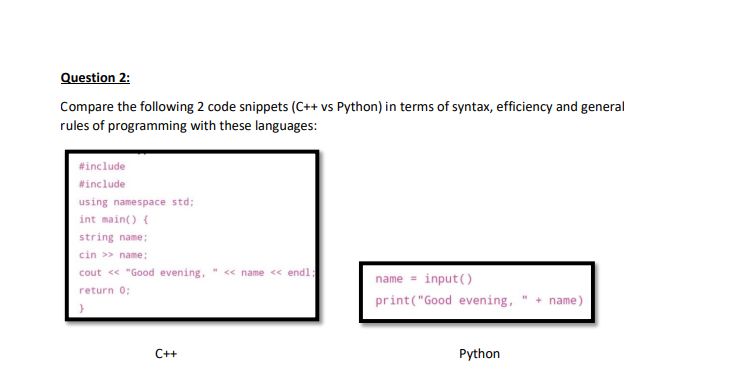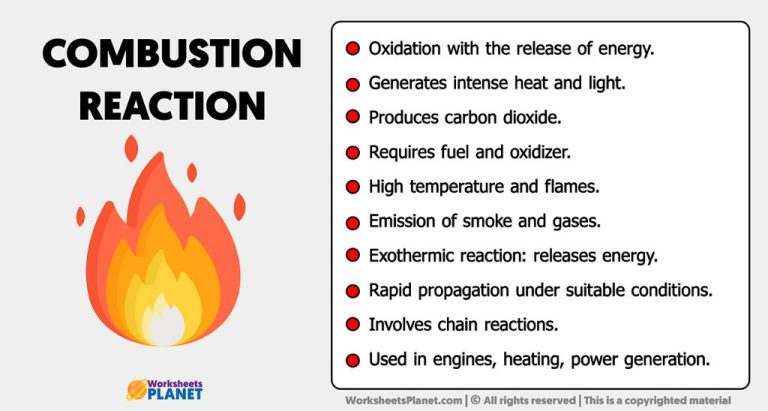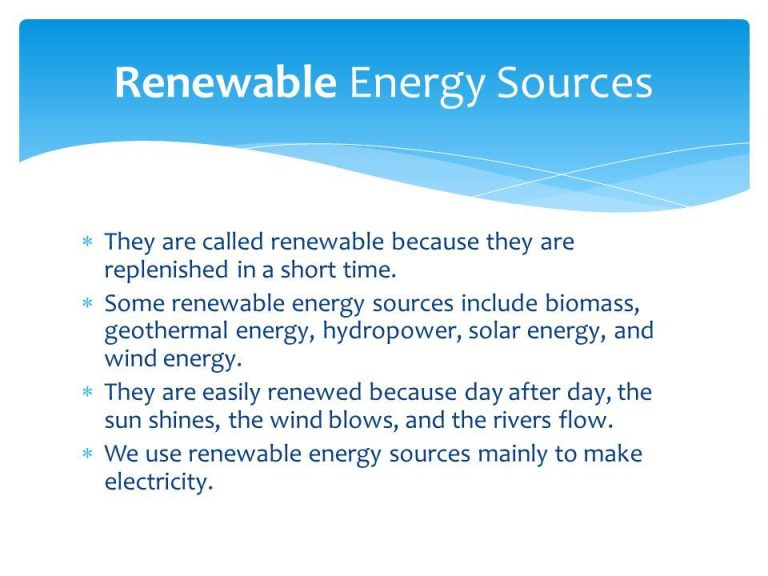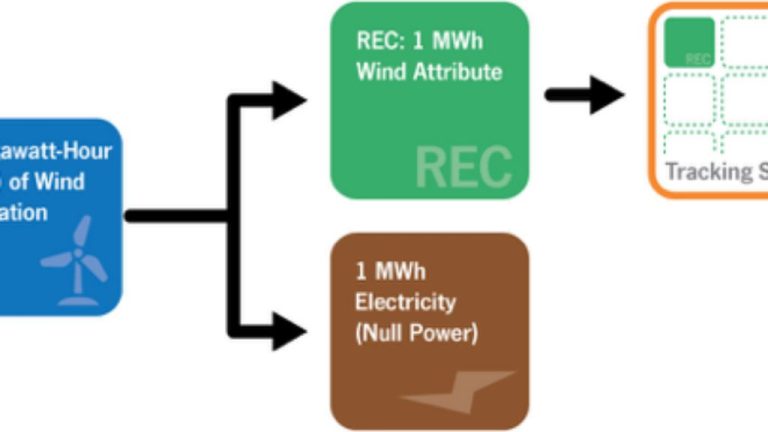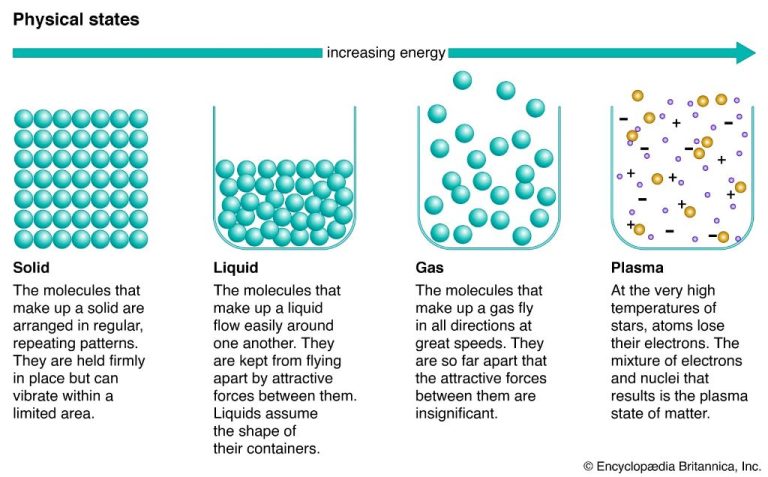What Type Of Energy Is Fission Or Fusion?
Introducing Fission and Fusion

Fission and fusion are two nuclear reactions that release energy. Fission occurs when a larger atom is split into two smaller atoms by a neutron. Fusion occurs when two smaller atoms combine to form a larger atom. Both nuclear fission and fusion are promising future energy sources with some key differences.
Fission energy relies on splitting heavy atoms like uranium or plutonium. According to the U.S. Department of Energy, fission occurs when a neutron slams into a larger atom and forces it to excite and split into two smaller atoms, known as fission products (https://www.energy.gov/ne/articles/fission-and-fusion-what-difference). The fission of uranium and plutonium atoms produces a great deal of energy. Nuclear fission power plants use controlled fission reactions to heat water and produce steam. This steam spins turbines to generate electricity.
Fusion energy works by fusing together light atoms, often isotopes of hydrogen like deuterium and tritium. As Duke Energy explains, fusion is the process where atomic nuclei collide at extremely high speeds and combine to form a heavier nucleus (https://nuclear.duke-energy.com/2021/05/27/fission-vs-fusion-whats-the-difference-6843001). This fusion process releases energy. Scientists are working to develop fusion power plants that can harness fusion reactions to produce electricity.
How Fission Energy Works
Nuclear fission occurs when a heavy atomic nucleus, such as uranium or plutonium, splits into two lighter nuclei. This process releases a tremendous amount of energy in the form of heat and radiation [1]. Fission is triggered when a neutron collides with a fissile atom like uranium-235 and splits it into two lighter atoms. This releases more neutrons, which then go on to split more uranium atoms, creating a self-sustaining chain reaction [2].
In nuclear reactors, the fission chain reaction is controlled and sustained without exploding. The amount of energy released is adjustable and predictable. The process generates a great deal of heat, which is used to boil water into steam that spins a turbine to generate electricity. Uranium is the typical fissile fuel used in nuclear fission reactors.
Pros and Cons of Fission
Nuclear fission has several advantages as an energy source, but also some drawbacks that must be considered.
Pros of Fission
One of the main benefits of nuclear fission is that it provides a large amount of clean energy without emitting greenhouse gases. Nuclear power plants produce zero carbon emissions during operation, helping combat climate change (source). Fission also produces reliable base load power that can meet energy demands day and night, unlike some renewable sources like solar and wind which depend on environmental conditions.
Cons of Fission
A major challenge of nuclear fission is managing the radioactive waste produced in the process. This waste must be properly contained and stored for thousands of years to prevent environmental contamination (source). There is also always a small risk of nuclear accidents, though safeguards have improved over time. Meltdowns can release radiation and be harmful to human health.
Countries Using Fission Power
Many countries around the world rely on nuclear fission to generate electricity. According to the World Nuclear Association, around 10% of the world’s electricity comes from about 440 nuclear reactors. Here are some of the major countries using nuclear fission power:
France gets around 70% of its electricity from nuclear power. It has the highest percentage of nuclear energy in the world. France’s focus on nuclear power began in the 1970s after the oil crisis.
The United States gets about 20% of its electricity from nuclear power. It produces more nuclear energy than any other country.
Ukraine, Belgium, and Slovakia get around half their electricity from nuclear power plants.
Other major countries using a substantial amount of nuclear fission include Russia (17%), South Korea (27%), and China (4%). Nuclear power produces clean electricity without greenhouse gas emissions, but also comes with waste disposal challenges.
How Fusion Energy Works
Nuclear fusion is the process by which multiple atomic nuclei collide at very high speed and fuse together to form a new, heavier nucleus. Fusion releases an enormous amount of energy in the process. This is what powers the sun and other stars in the universe (DOE Explains…Nuclear Fusion Reactions).
For fusion to occur, fuel atoms need to be heated to extremely high temperatures around 150 million degrees Celsius. Under these conditions, electrons are separated from their nuclei, creating a charged plasma. Colliding nuclei must also overcome electrostatic repulsion between their positively charged protons in order to fuse. Therefore, a tremendous amount of energy is required to initiate and sustain the reaction (What is Fusion, and Why Is It So Difficult to Achieve?).
The most efficient fusion reactions use isotopes of hydrogen like deuterium and tritium. The protium isotope has a single proton, deuterium has one proton and one neutron, while tritium has one proton and two neutrons. When deuterium and tritium nuclei fuse, they form a helium nucleus, a free neutron, and release a tremendous amount of energy.
The Promise of Fusion
Fusion reactions hold incredible promise as an abundant energy source. Fusion fuels are widely available and nearly inexhaustible, offering access to vast amounts of energy (Fusion in brief – Culham Centre for Fusion Energy). The primary fusion fuel sources are two hydrogen isotopes, deuterium and tritium. Deuterium can be extracted from seawater, while tritium can be produced inside fusion reactors from more abundant lithium. Fusion reactions also do not produce high levels of radioactive waste like fission reactions. This is because fusion fuels are not radioactive and the fusion process does not make the reactor dangerously radioactive over time (Advantages of fusion – ITER).
Additionally, fusion reactors have no risk of meltdown. Fusion requires incredibly high temperatures and pressures to initiate reactions, but these conditions can be quickly terminated if desired. This built-in safety mechanism virtually eliminates the possibility of runaway reactions. Fusion reactors also avoid the accumulation of nuclear waste that requires long-term storage. The neutron radiation produced can be used to breed tritium for the fusion reaction itself inside the reactor vessel (Advantages & Benefits of Fusion Energy – General Fusion). Overall, fusion provides many safety and environmental advantages over fission and other energy sources.
Challenges With Fusion
Fusion energy faces several major challenges before it can become a viable energy source. First, fusion reactions require extreme conditions to take place – temperatures over 100 million degrees Celsius and enormous pressure from powerful magnetic fields. Creating and containing such an environment on Earth is tremendously difficult. Fusion reactions take place when light atomic nuclei fuse together to form heavier nuclei, releasing massive amounts of energy. But for the reaction to occur, the nuclei must collide at extremely high velocities to overcome their electrostatic repulsion. This requires heating the fuel to temperatures hotter than the core of the sun, which is a huge engineering challenge.
Another major challenge is containing the fusion fuel, an ionized gas called plasma. Plasma has to be suspended within powerful magnetic fields and contained by the reactor walls, otherwise it would cool down and stop reacting. But the intense neutron radiation from the fusion reactions damages the reactor walls. Developing materials capable of withstanding such conditions for a long time is a key area of fusion research. Engineering the magnetic field geometries needed to confine the plasma is also highly complex.
Finally, developing fusion power requires massive capital investments, estimated to be over $50 billion just to build a working reactor. While fusion could provide nearly limitless clean energy if achieved, the upfront development costs are extremely high and progress remains incremental. Major breakthroughs in plasma physics, advanced materials, magnet technology and engineering design are still needed to make fusion energy feasible and economical.
Fusion Research Projects
There are several major research projects around the world working to harness fusion energy. The largest international project is ITER, currently under construction in France with collaboration from 35 countries including the European Union, India, Japan, China, Russia, South Korea, and the United States. ITER aims to be the first fusion device to produce a net energy gain – producing more energy than required to initiate the fusion reaction. The experimental tokamak reactor is expected to begin fusion experiments in 2025.
The National Ignition Facility (NIF) located in the US is using powerful lasers to heat and compress hydrogen fuel to the point of fusion ignition. NIF has achieved an important milestone of energy gain exceeding unity in a fusion fuel pellet implosion in 2021. However, sustained ignition has not yet been demonstrated.
The Joint European Torus (JET) in the UK holds the record for generating the highest fusion power of any operational tokamak reactor. Upgrades are being made to use JET to test ITER technologies and conditions.
Wendelstein 7-X in Germany is an experimental stellarator investigating the suitability of this alternate magnetic confinement configuration for a fusion power plant. It aims to operate with 30 minute-long discharges to demonstrate continuous operation.
Private companies like Tokamak Energy, Commonwealth Fusion Systems, and General Fusion are also developing more compact and economical fusion reactor designs using technologies like high temperature superconductors and magnetized target fusion. Significant technical barriers remain, but steady progress provides optimism that economical fusion power could one day be realized.
Comparing Fission and Fusion
Both fission and fusion are nuclear reactions that produce massive amounts of energy, but the processes are very different. Fission is the splitting of a heavy, unstable nucleus into lighter nuclei, while fusion is the fusing of two lighter nuclei into a heavier one.
In fission, a neutron collides with a heavy radioactive element like uranium or plutonium causing it to split into two or more fragments. This releases a large amount of energy as the total mass of the new fragments is less than the original mass. Fission reactions are used in nuclear power plants and atomic bombs.
Fusion occurs when two light atomic nuclei fuse together to form a heavier nucleus. This releases energy as the total mass of the new nucleus is less than the total mass of the original nuclei. Fusion powers the sun and other stars. Scientists are working to harness fusion energy for use on Earth, but the technology is still in early developmental stages.
While both produce massive energy, fission reactions are easier to initiate and control with current technology. Fusion requires incredibly high temperatures and pressures to force nuclei together. However, fusion fuel is plentiful and the process produces little radioactive waste, making fusion power an appealing long-term goal. Fission and fusion thus have complementary roles to play in energy production.
Future Outlook
While fission power plants are widely used today, fusion power still faces significant challenges before it can become commercially viable. Prototypes like ITER aim to demonstrate the feasibility of fusion energy, but won’t actually generate electricity. If ITER succeeds, experts project that the first commercial fusion reactor could potentially be built by 2040-2050.
If fusion power becomes practical, it could provide an abundant, low-carbon energy source with less radioactive waste than fission. Fusion may complement renewables like solar and wind which have intermittent output. However, enormous technical hurdles around plasma containment and materials research remain. More studies are needed to assess fusion’s total lifecycle environmental impacts.
Major initiatives like ITER provide hope that one day fusion may power our world. But practical fusion energy likely remains many decades away. With long development timelines and billions invested, realizing fusion will require global collaboration, sustained funding, and further breakthroughs in plasma physics.

